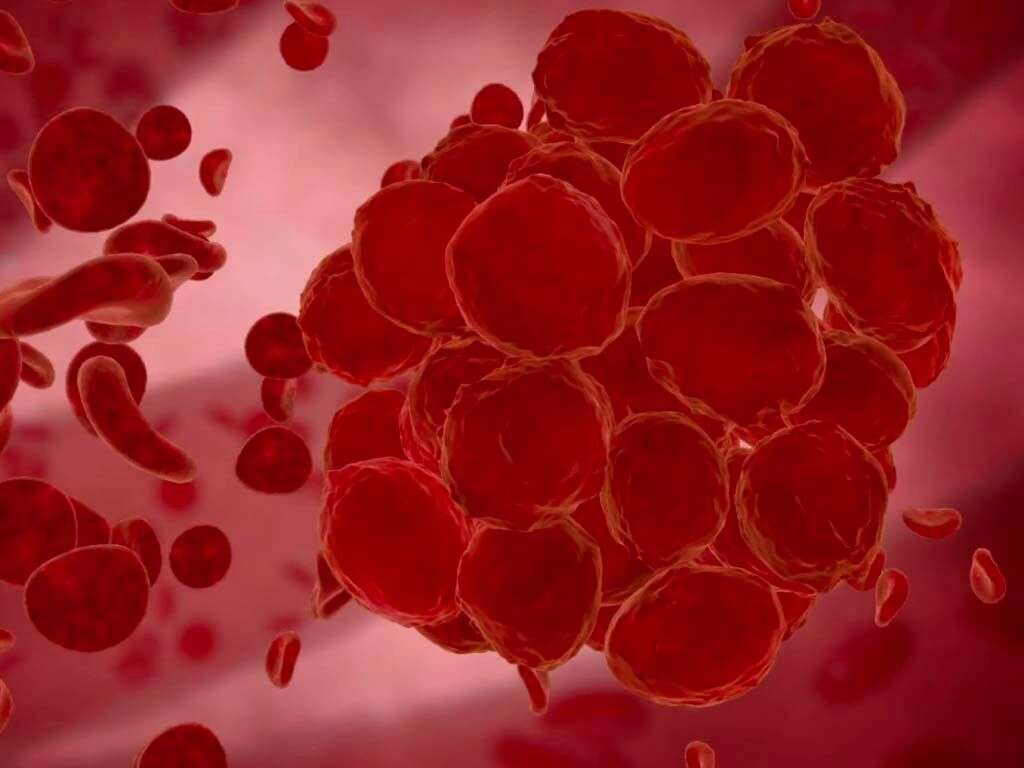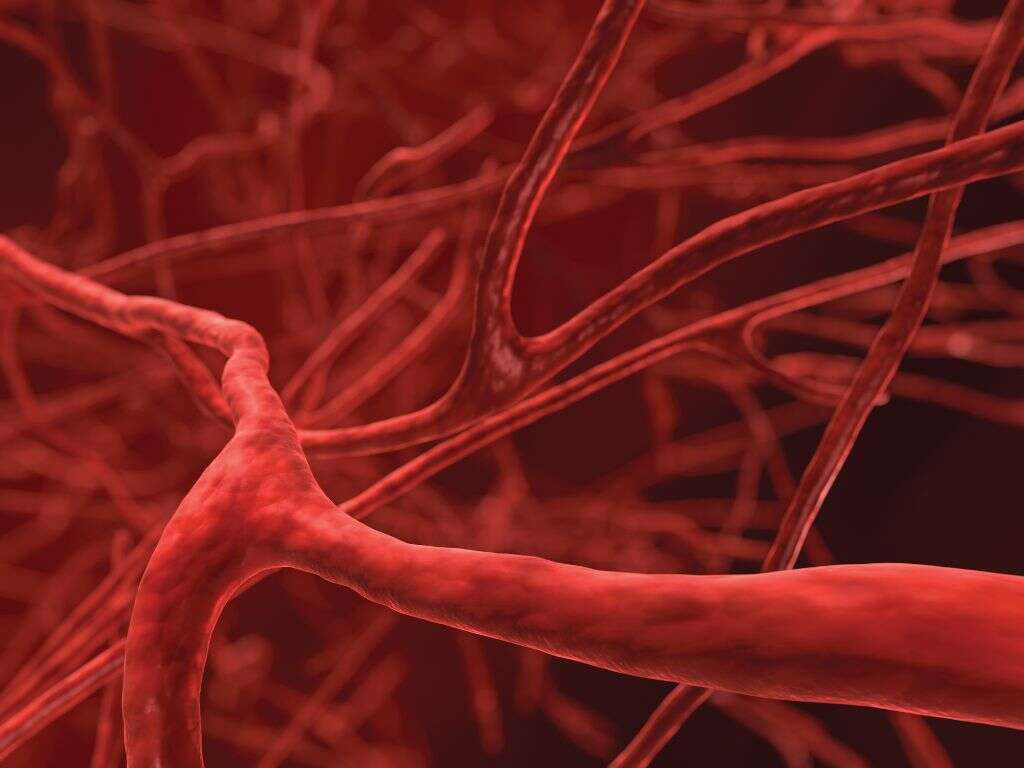Signs of DVT
4. Swollen Leg
A blood clot will form a kind of barrier that partially prevents blood from passing through. Because the flow of blood is impeded, so it will begin to accumulate in the blood vessel at the site of the blockage. This can cause the legs to begin to swell as the fluid builds up in the area, in the same way a balloon would inflate if fluids were poured into it.
This swelling is often very noticeable and can contribute to a lot of the pain that the patient is experiencing. It can cause real problems in severe cases, and it should be addressed before it gets too serious.
Advertisement









